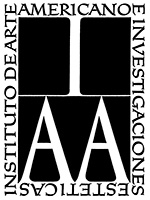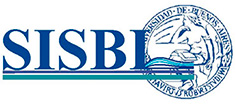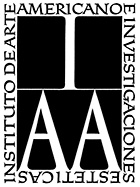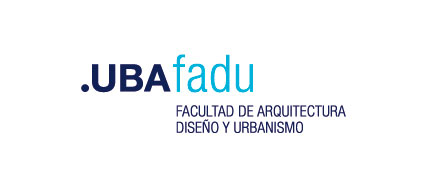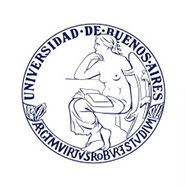Instituto de Arte Americano e
Investigaciones Estéticas
"Mario J. Buschiazzo"
Mario Buschiazzo and “Contemporary American Architecture” (1955–1970)
Keywords:
architecture, contemporary architecture, american architecture, history of architecture, BuschiazzoSynopsis
Mario José Buschiazzo is recognized by the specialized literature for his contribution to the history of not only Argentinean, but also Latin American architecture. His work as a restorer and, later, as a scholar and driving force of studies about American architectural history –especially colonial architecture– has left a mark in the historiographical field. Today, Buschiazzo is an essential reference when thinking about colonial architecture. This has been underlined by those who have continued working with these studies throughout time.
Nonetheless, his career path allows to identify a profile that is not very related to his interest for the colonial: his relationship with contemporary American architecture. In 1955, seven years after the first publication of the renowned Anales, the Instituto de Arte Americano e Investigaciones Estéticas (IAA) began publishing a series of books called Arquitectos Americanos Contemporáneos (Contemporary American Architects). Although the Anales were intended to include “all those works that fit within the broad but precise title of the Institute that sponsors them: the Institute de Arte Americano”, they were, in general, focused on matters pertaining “the colonial”. On the contrary, this new series modified the spectrum of publications of the IAA towards not only a wider topic but also a wider audience. And taking into account the profile that the IAA had maintained until then, this is striking. In an article from the Revista de la Universidad de Buenos Aires published in 1962, Buschiazzo explained the objective behind the launching of this collection:
“with the intention of maintaining in the works a sense of rigorous modernity, avoiding the archeological aspect that the research about the past could give it if it was not connected to the present, a series of small books titled ‘Arquitectos Americanos Contemporáneos’ has been published for six years already, in which the works of the most bold and creative figures of the present are being disclosed”.
Beyond this particular fact, the relationship between Buschiazzo and American contemporary architecture is built upon multiple fronts that are principally related to architecture in the United States: from his publications regarding US architecture (an unavoidable fact is that his first article on architecture addresses contemporary architecture in such country), to his frequent contact with different characters related to the world of US architecture, to his scholarships and trips, and his interests and readings in relation to such matters.
This book studies the relationship between Buschiazzo and contemporary American architecture, mainly between 1955 (when the collection Arquitectos Americanos Contemporáneos was launched) and 1970 (when he passed away). The goal is to build a richer and more complex image of the architect than that obtained only through his studies regarding “the colonial” or his work as a restorer. The hypothesis that guides the research is that, in opposition to his traditional image, Mario Buschiazzo had an evident interest towards “contemporary American architecture”, that can be noticed in his writings, the books published by the IAA while he was the director and the books of his own collection. An interest that, at the same time, was aligned with his broader political positions.
Although Buschiazzo’s attraction towards contemporary American architecture and, particularly, his admiration for the United States has already been mentioned by a number of authors before, in general, there are only isolated commentaries derived from a limited number of evidences. In contrast, this work studies this particular facet of the IAA’s founder through a varied amount of materials. Apart from those texts written by himself, letters written and received –personal and institutional ones– by him will be analyzed, also trips he made to the US, bonds he established with people from there and the testimony of those who knew him. At the same time, special attention will be given to his personal collection of books. Through the marks he left on them, it is possible to track thoughts, ideas, corrections and even aspects of his own personality. All these sources will build the nodes of a dense network that will allow us to understand the scope of this attraction for the contemporary and the North American.
Downloads

Downloads
Published
Series
Online ISSN
License

This work is licensed under a Creative Commons Attribution-NonCommercial-ShareAlike 4.0 International License.

